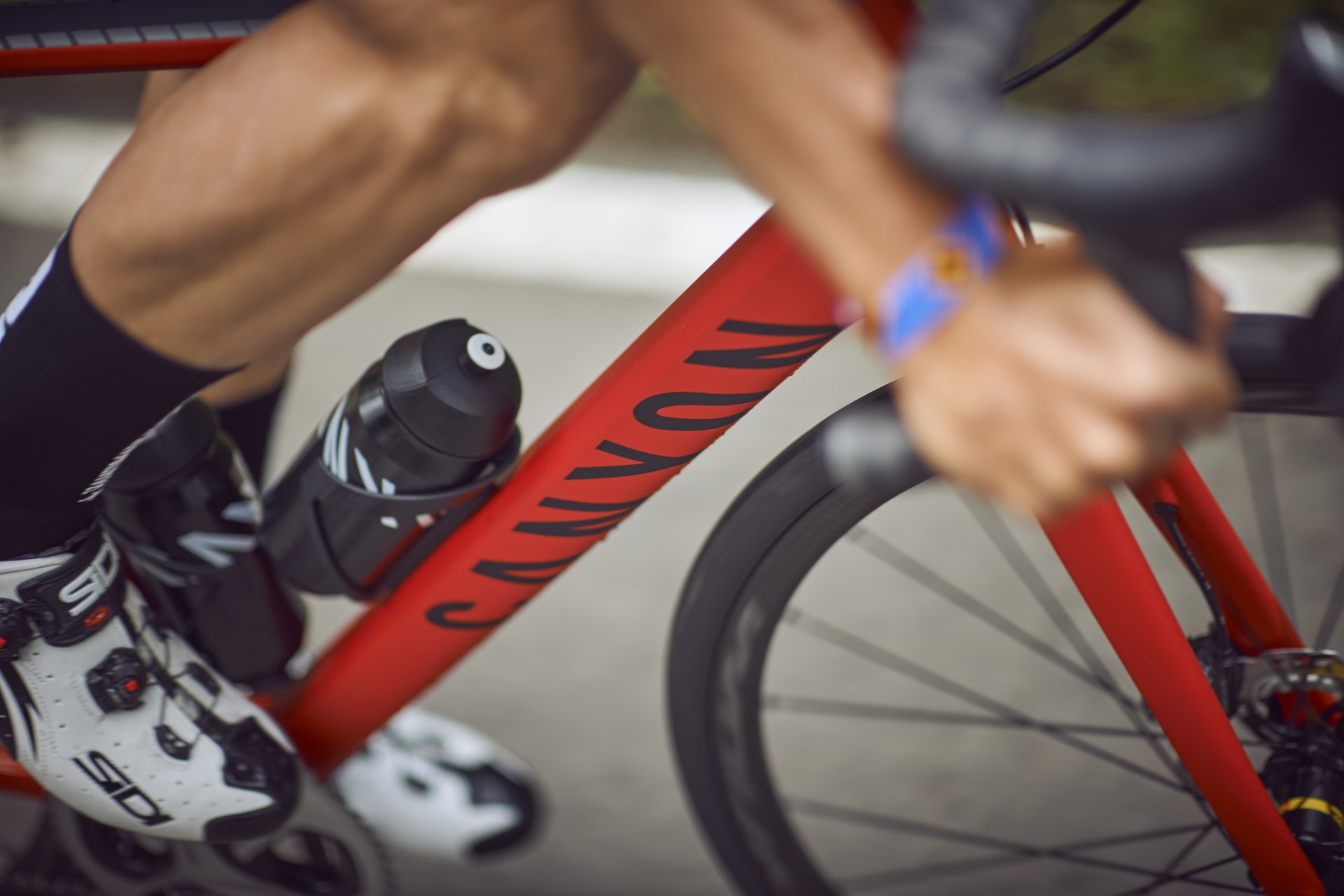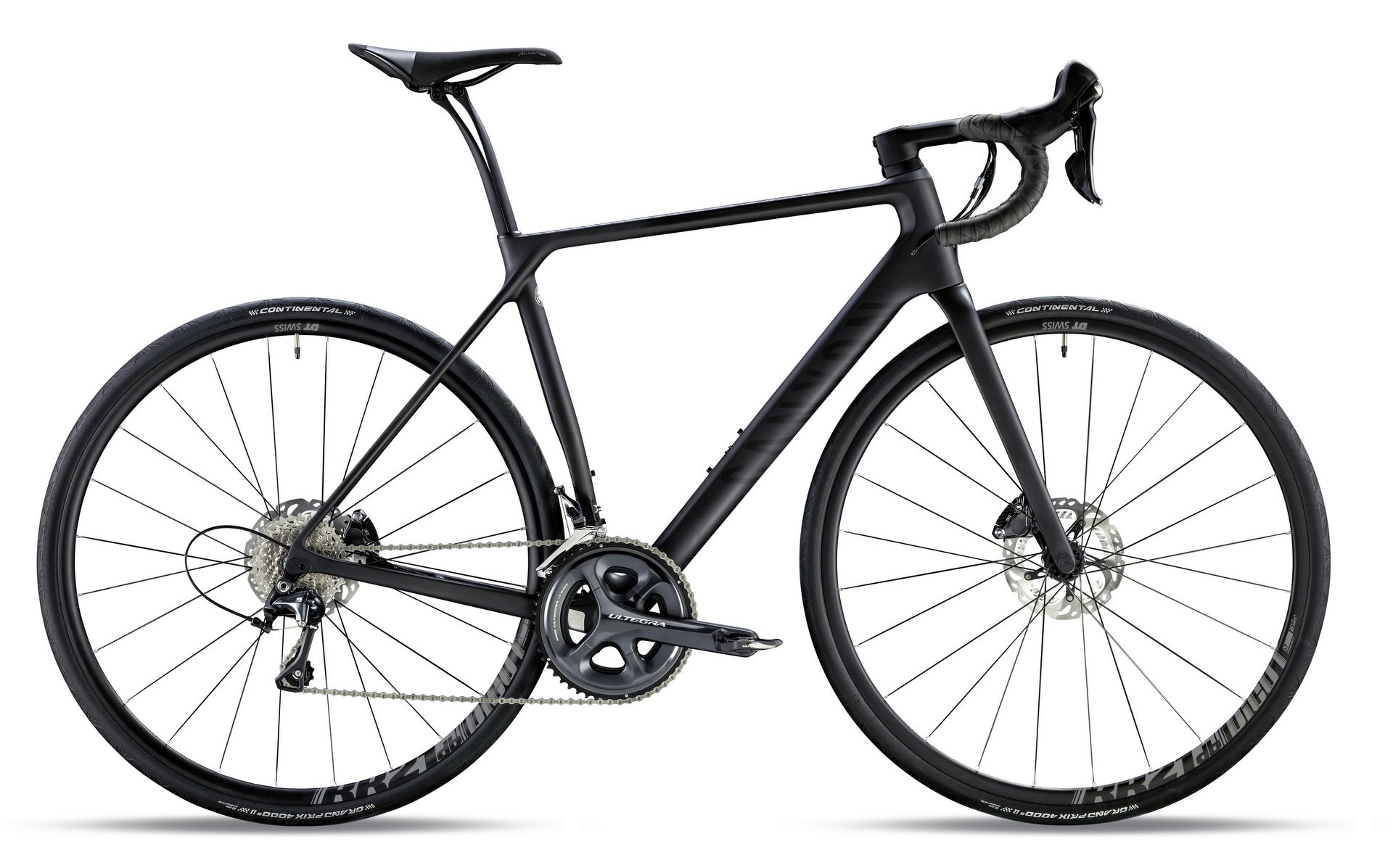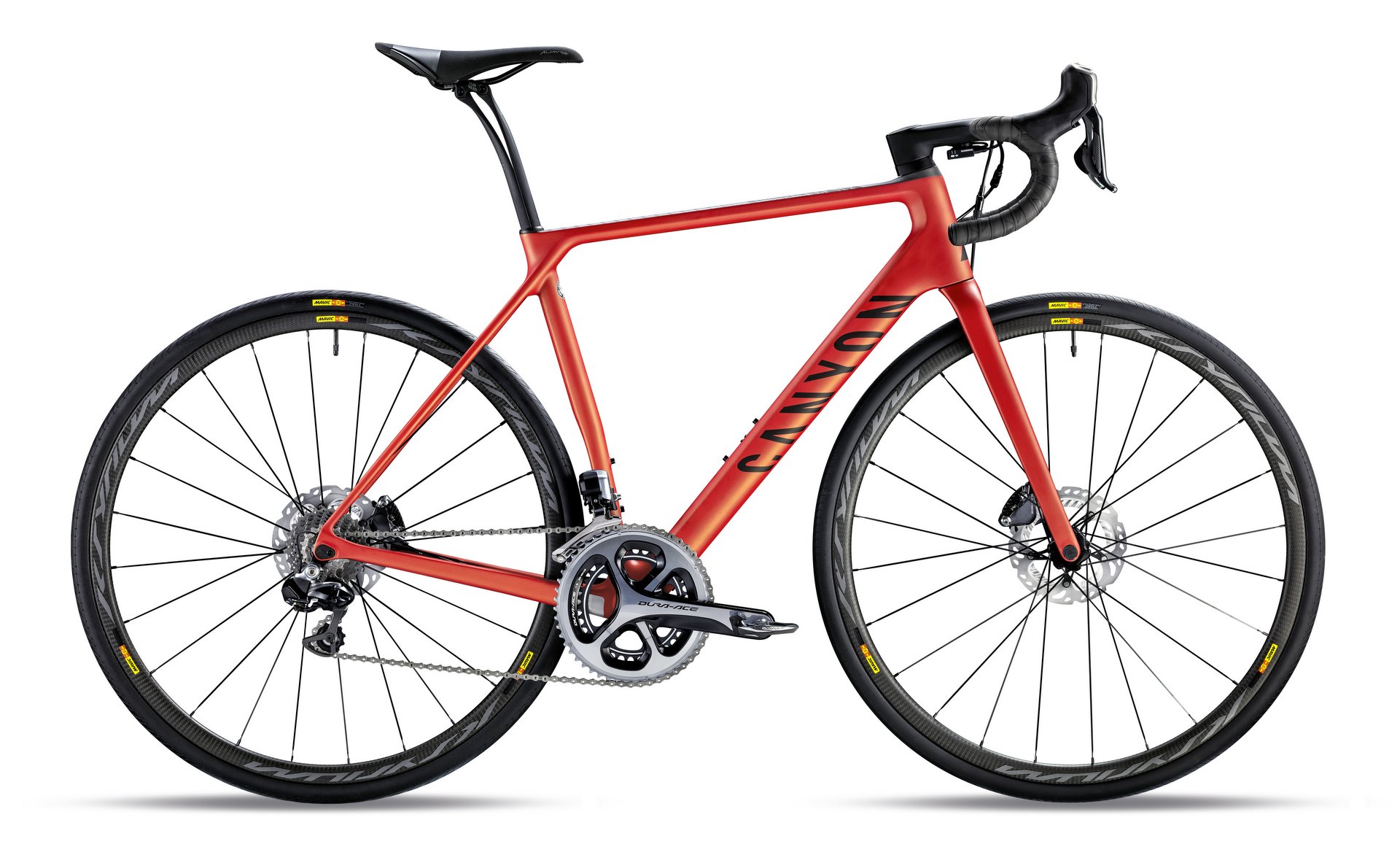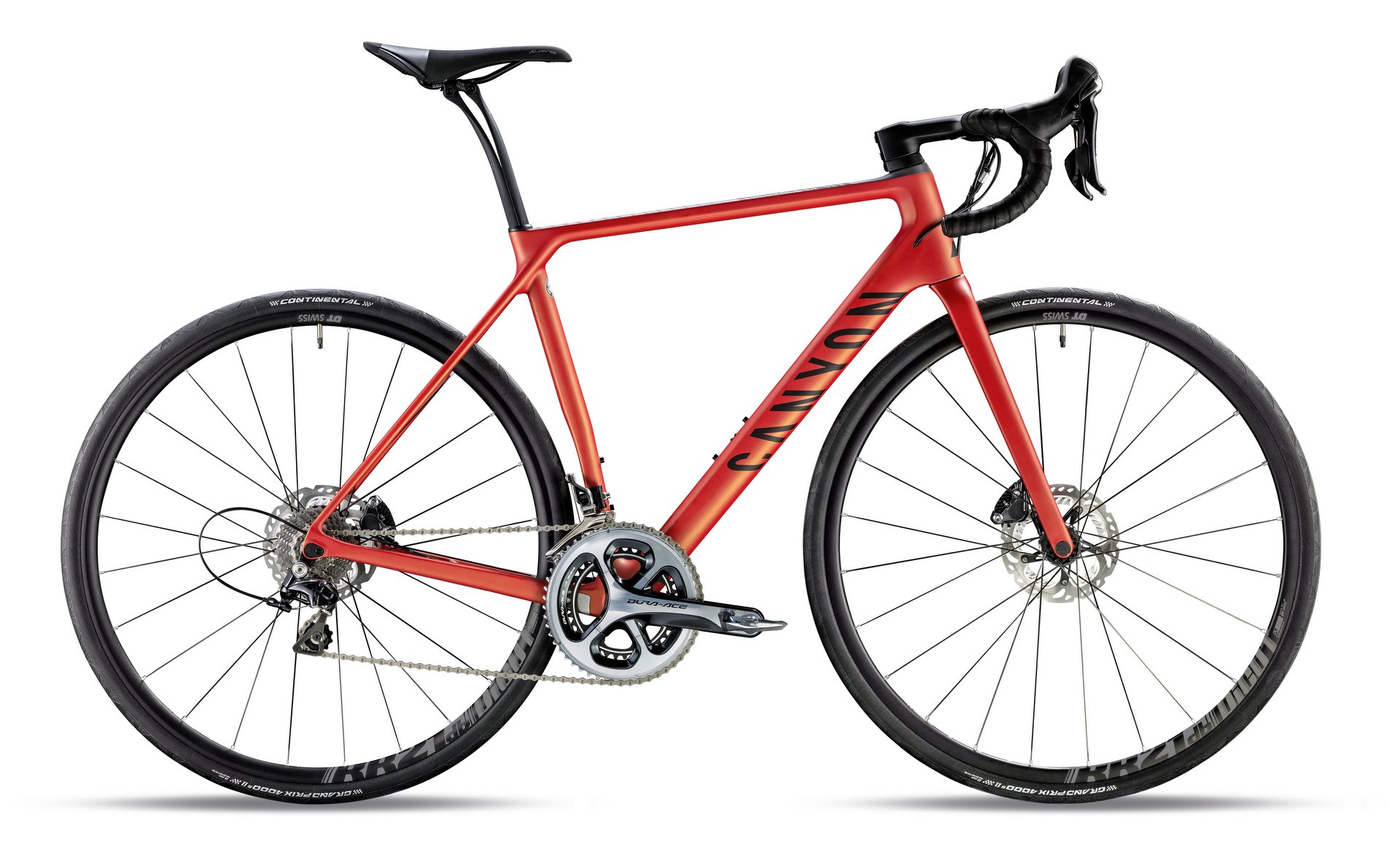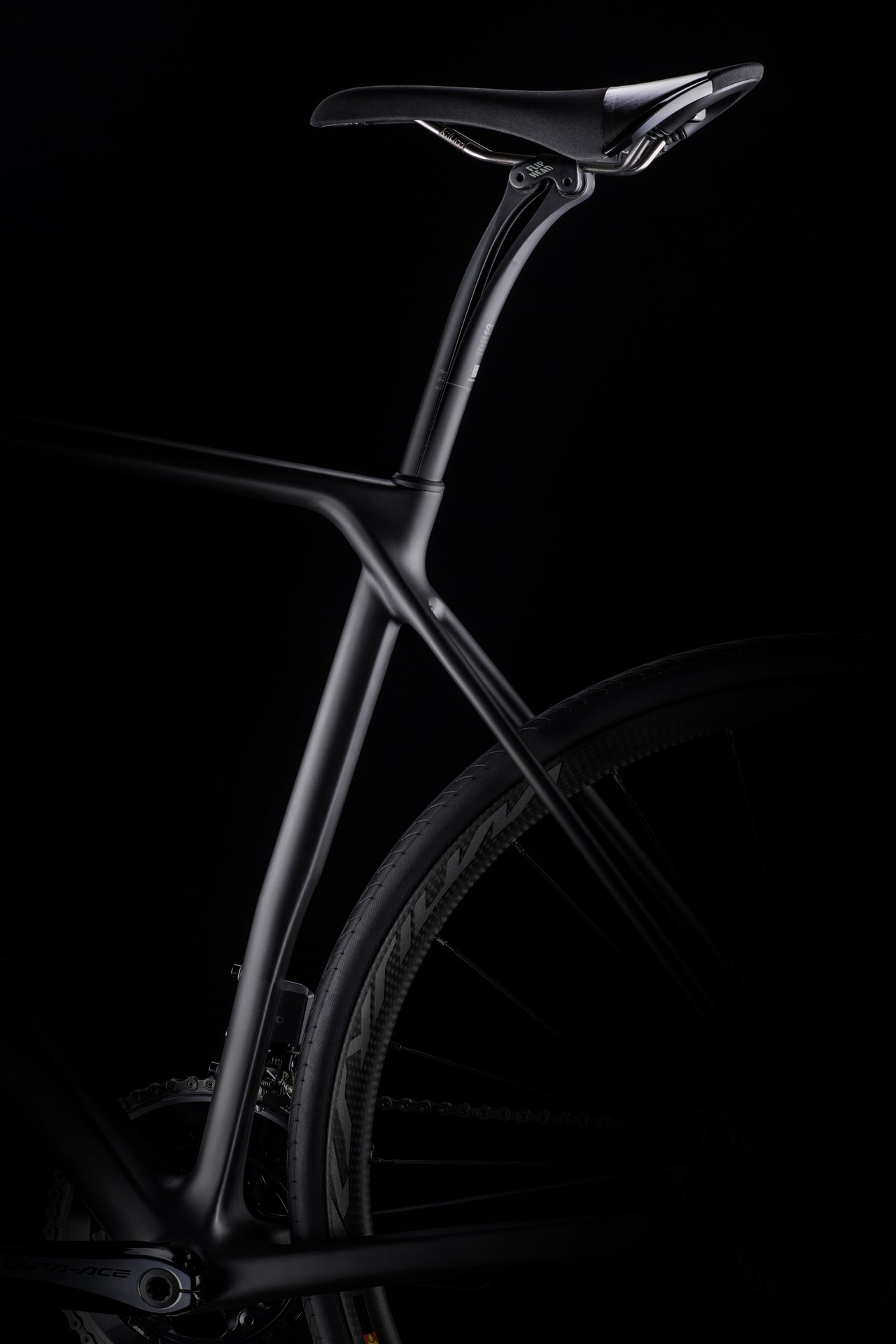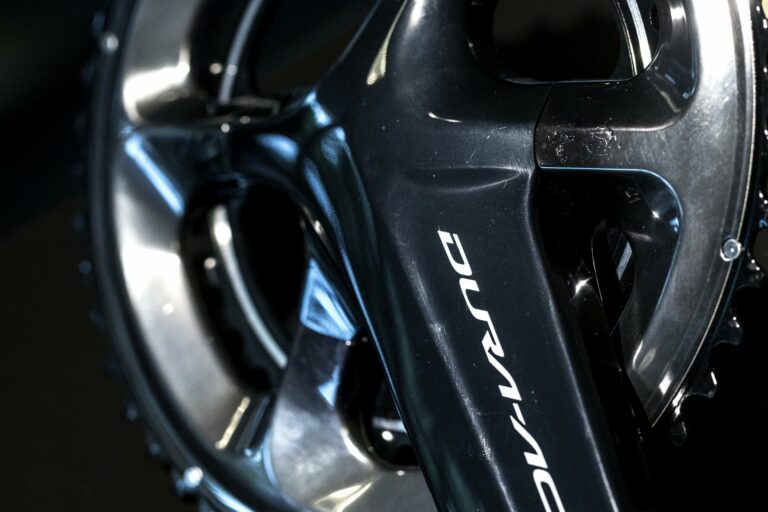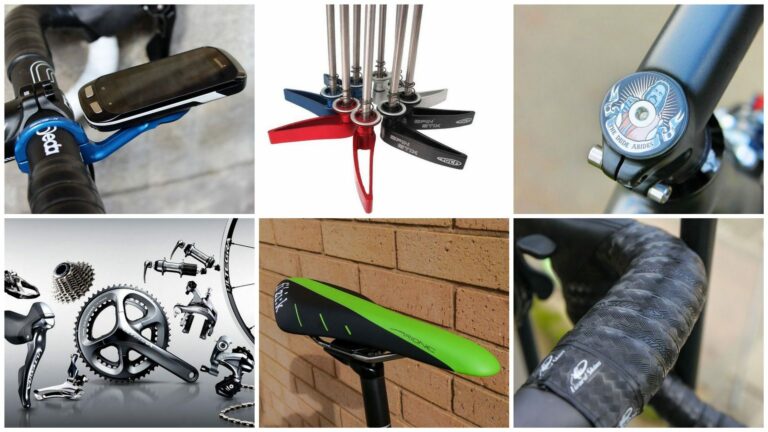Aerodynamics
Aerodynamics aren’t necessarily what you’d think of with a comfort-focussed bike, but the Endurace’s tube profiles are inspired by the latest version of the Ultimate CF SLX, which received a semi-aero makeover this time last year.
The Endurace shares many of the tube profiles of the Ultimate CF SLX, from the hourglass headtube and aero-profiled fork, to the narrower, D-shaped seattube and downtube. Canyon say these tube profiles strike a balance between aerodynamic efficiency, stiffness and low weight.
“Any gain in aerodynamic performance is usually offset by a loss of frame stiffness or a gain in weight,” say Canyon. “Although previously, we favoured boxier, aerodynamically inefficient tube profiles as they provided the best stiffness-to-weight properties, we now succeed in finding the ideal balance between stiffness, lightness and aerodynamic efficiency.

“To do this, we focussed on improving the aerodynamic performance of components most exposed to the wind, such as the downtube, and compensate any loss in torsional stiffness by bolstering aerodynamically neutral parts of the frame, like the toptube [which has a flat and broad profile].”
But disc brakes aren’t aerodynamic, surely? That’s not the case, according to Canyon. “Despite the additional hardware and increase in frontal surface area, disc brakes pose only a relatively minor aerodynamic disadvantage compared to rim brakes,” they say.
Back-to-back wind tunnel tests revealed a 3.3 watt difference between the Ultimate CF SLX and Endurace CF SLX at 45km/h and the majority of that discrepancy comes from disc-specific wheelsets, which generally require more spokes and larger hub bodies.
Otherwise, Canyon say the Endurace CF SLX offers a similar level of stiffness to the Ultimate CF SLX, while at a claimed 820g, it’s certainly one of the lightest endurance frames on the market, let alone one which is disc-ready.


